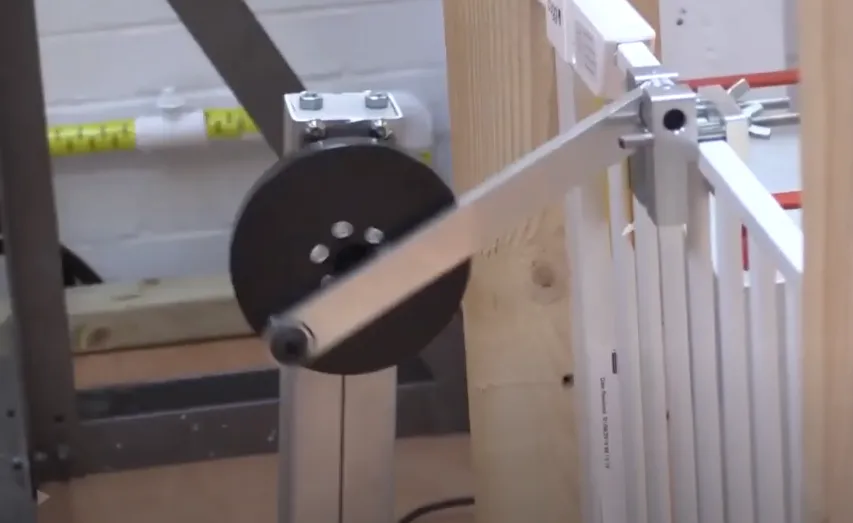ASTM D523 Gloss Measurement of Coatings on Children’s Furniture Testing
The ASTM D523 test method is a standardized procedure used to measure the gloss of coatings, which is crucial for ensuring that finishes are uniform and meet aesthetic and safety standards. In the context of children's furniture, this measurement ensures that the coating not only meets visual expectations but also withstands wear and tear over time without compromising on safety.
Gloss plays a significant role in enhancing the appearance of coatings, making them more appealing to consumers. However, in children’s furniture, it is equally important for its protective properties against scratches and other forms of damage. ASTM D523 specifies that the gloss measurement should be performed under controlled conditions to ensure consistent results.
The testing process involves several steps:
- Specimen preparation
- Surface conditioning
- Gloss meter calibration
- Gloss measurement at specified angles (60°, 85°)
The primary goal of this test is to evaluate the glossiness of coatings on children’s furniture. Gloss can vary depending on the type of finish and its intended use. For instance, a higher gloss might be preferred for high-traffic areas where appearance is important, while lower gloss finishes are often used in environments where durability against abrasion is crucial.
ASTM D523 is widely recognized as an authoritative standard by industry professionals worldwide. Compliance with this standard ensures that the products meet international quality and safety standards, thereby building consumer trust. The test results can also be used to compare different materials or finishes during product development phases.
The use of ASTM D523 in children’s furniture testing is essential for several reasons:
- To ensure uniform coating appearance
- To enhance durability against wear and tear
- To improve scratch resistance
- To meet aesthetic expectations
Scope and Methodology
| Parameter | Description |
|---|---|
| Specimen Preparation | The test specimens should be free from defects and representative of the product being tested. The surface to be measured must be clean, dry, and smooth. |
| Surface Conditioning | The specimen is conditioned under specific environmental conditions (temperature, humidity) before testing to ensure consistent results. |
| Gloss Meter Calibration | Before conducting gloss measurements, the instrument must be calibrated using a standard reference sample. This step ensures accuracy and repeatability of the test results. |
| Gloss Measurement | The gloss is measured at two angles: 60° and 85° to capture both diffuse and specular reflections from the coating surface. |
Customer Impact and Satisfaction
Compliance with ASTM D523 helps manufacturers produce high-quality children’s furniture that meets both aesthetic and functional requirements. By ensuring consistent gloss measurements, companies can enhance customer satisfaction by delivering products that look good and last longer.
Satisfaction among customers is directly linked to the quality of the product they receive. When purchasing furniture for their homes or schools, parents and educators expect durability, safety, and aesthetics. ASTM D523 helps manufacturers meet these expectations by providing a standardized method for measuring gloss, which translates into better products.
For quality managers and compliance officers within manufacturing firms, adherence to this standard ensures that the product complies with international regulations. This can reduce the risk of non-compliance penalties and improve brand reputation. R&D engineers benefit from ASTM D523 as it provides a clear framework for testing new coatings or materials.
For procurement teams, ensuring suppliers meet ASTM D523 standards adds another layer of quality control during the supply chain process. This helps in maintaining consistent product quality across different batches and suppliers.
Use Cases and Application Examples
- Manufacturing high-quality children’s furniture that meets international safety standards
- Developing new coatings for use on children’s furniture to enhance durability and appearance
- Sustaining consistent quality across different production batches
- Evaluating the impact of environmental conditions on coating gloss over time





